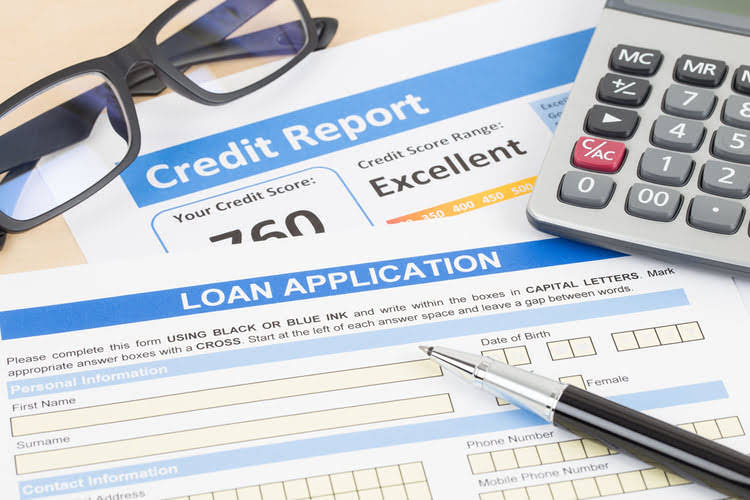
Accounting rules are complex and change frequently and we recommend you seek any accounting advice from a qualified CPA. It’s important to note that an April 2024 amendment to IAS 7 removes presentation alternatives for dividends and interest. This change applies to annual periods starting on or after January 1, 2027.
How To Calculate Cash Flow From Assets
The CFS measures how well a company manages its cash position, meaning how well the company generates cash to pay its debt obligations and fund its operating expenses. As one of the three main financial statements, the CFS complements the balance sheet and the income statement. In this article, we’ll show you how the CFS is structured and how you can use it when analyzing a company. Instead, cash flow represents the movement of money into and out of a business over a specific period of time..

Components of a cash flow statement
The beginning cash balance, which we get from the Year 0 balance sheet, is equal to $25m, and we add the net change in cash in Year 1 to calculate the ending cash balance. Under the indirect method, the format of the cash flow statement (CFS) comprises of three distinct sections. The following cash flow formulas each have their own benefits and tell you different things about your business.Let’s go over definitions, calculations, and examples together. To make things extra easy, you can use our free cash flow calculator to follow along. The purchasing of new equipment shows that the company has the cash to invest in itself. Finally, the amount of cash available to the company should ease investors’ minds regarding the notes payable, as cash is plentiful to cover that future loan expense.
Manage Debt Efficiently
Increase in Inventory is recorded as a $30,000 growth in inventory on the balance sheet. A cash flow statement is a regular financial statement telling you how much cash you have on hand for a specific period. While both FCF and OCF give you a good idea of cash flow in a given period, that isn’t always what you need when it comes to planning for the future. That’s why forecasting your cash flow for the upcoming month or quarter is a good exercise to help you better understand how much cash you’ll have on hand in the future.Because let’s be real.
- Operating income is also called earnings before interest and tax (EBIT), and it shows how profitable a company is before tax deductions and interest expenses.
- As our infographic shows, simply start at Net Income then add back Taxes, Interest, Depreciation & Amortization and you’ve arrived at EBITDA.
- These articles and related content is the property of The Sage Group plc or its contractors or its licensors (“Sage”).
- Think of a balance sheet as a report that calculates the company’s value.
- The cash flow statement measures the performance of a company over a period of time.
- Proceeds from issuing long-term debt, debt repayments, and dividends paid out are accounted for in the cash flow from the financing activities section.

The common stock and additional paid-in capital (APIC) line items are not impacted by anything on the CFS, so we just extend the Year 0 amount of $20m to Year 1. Thomas J Catalano is a CFP and Registered Investment Adviser with the state of South Carolina, where he launched his own financial advisory firm in 2018. Thomas’ experience gives him expertise in a variety of areas including investments, retirement, insurance, and financial planning. Factoring with altLINE gets you the working capital you need to keep growing your business.
Ways to Increase Cash Flow from Assets
A balance sheet reflects the company’s current resources and their worth. Think of a balance sheet as a report that calculates the company’s value. However, positive cash flow doesn’t always equal a profitable business. Compare multiple statements to gain a more complete picture of the organization’s financial health over time.
- This might mean renting out unused space or machinery, ensuring equipment operates at optimal capacity, or diversifying product lines.
- Property, Plant, and Equipment (also known as PP&E) capture the company’s tangible fixed assets.
- In the case of a trading portfolio or an investment company, receipts from the sale of loans, debt, or equity instruments are also included because it is a business activity.
- It includes several components that don’t factor into cash flow, such as credit-based sales and depreciation.
- Profit is specifically used to measure a company’s financial success or how much money it makes overall.
To build a cash-flow-driven investment portfolio, consider cash flow needs, return expectations, risk preferences, and diversification benefits. If you aim to generate consistent and predictable income, stocks and bonds are the way to go. Shareholders can use FCF (minus interest payments) as a gauge of the company’s ability to pay dividends or interest.
Avoiding overstocking and instead focusing on just-in-time inventory systems can reduce holding costs and free up cash. Note why and where you’re overstocking and develop a written plan that makes your process more efficient going forward. Ways to optimize your operations can include improving supply chain management, reducing downtime in production, and implementing lean manufacturing practices.
Yield-focused vs. Growth-oriented financial flow strategies
These cutbacks could in turn impact an organization’s ability to function. A company can have positive or negative cash flow, or alternatively, it can be generating positive profits or negative profits, which are generally described as losses. Not every company will have the exact same line items on its cash flow statement, which Owens says is cash flow from assets equals: normal and not a cause for concern. Usually, money entering the company will be written as a numeral, and money exiting the company will include parentheses around the amount. The left side of the balance sheet outlines all of a company’s assets. On the right side, the balance sheet outlines the company’s liabilities and shareholders’ equity.
- Also known as the statement of cash flows, the CFS helps its creditors determine how much cash is available (referred to as liquidity) for the company to fund its operating expenses and pay down its debts.
- FCFE is good because it is easy to calculate and includes a true picture of cash flow after accounting for capital investments to sustain the business.
- Free cash flow is left over after a company pays for its operating expenses and CapEx.
- Metro Corporation earned a total of $10,000 in service revenue from clients who will pay in 30 days.
- Securing favorable credit terms as a buyer can help you keep cash on-hand for longer.
- GoCardless is a global payments solution that helps you automate payment collection, cutting down on the amount of financial admin your team needs to deal with.
